Home>Garden Essentials>How Do I Arrange Greenery On A Shelf
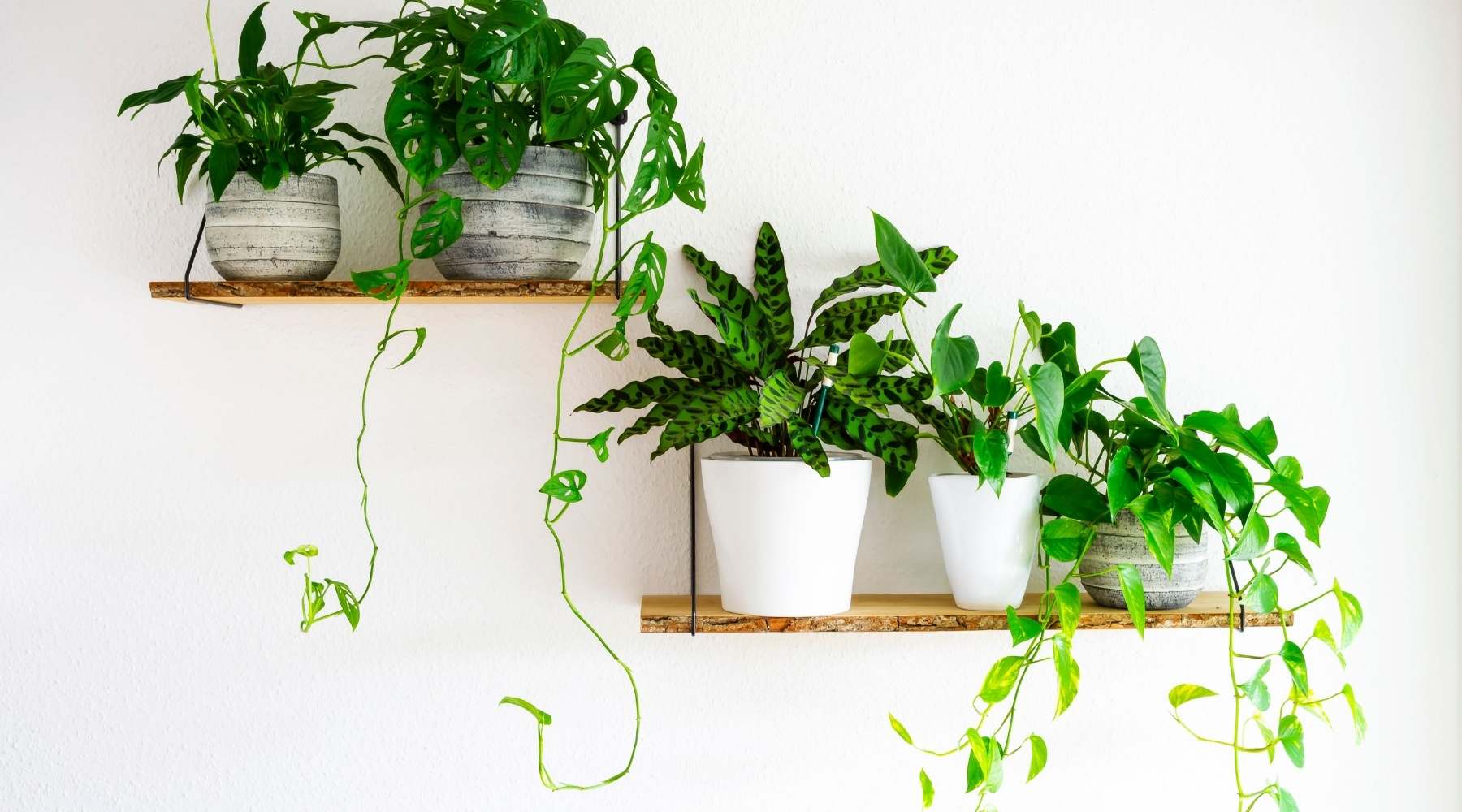

Garden Essentials
How Do I Arrange Greenery On A Shelf
Modified: March 7, 2024
Discover creative ways to arrange greenery on your shelf with our helpful garden tips and ideas. Transform your space into a lush oasis with these simple and beautiful displays.
(Many of the links in this article redirect to a specific reviewed product. Your purchase of these products through affiliate links helps to generate commission for Storables.com, at no extra cost. Learn more)
Introduction
Bringing a touch of nature into your home is a wonderful way to add freshness and beauty to any space. One creative way to incorporate greenery into your home decor is by arranging plants on a shelf. Not only does this help bring life to an otherwise empty space, but it also creates an eye-catching focal point that adds character and charm to your room.
When it comes to arranging greenery on a shelf, there are a few key factors to consider. From choosing the right types of plants to finding the perfect placement and utilizing effective arrangement techniques, this article will guide you through the process of creating a stunning greenery display on your shelves.
So, let’s dive in and explore how you can arrange greenery on a shelf to elevate your home decor and create a relaxing and inviting atmosphere.
Key Takeaways:
- Bring nature indoors by arranging greenery on shelves. Choose plants that thrive in your space, consider shelf placement, and get creative with arrangement techniques for a visually appealing display.
- Maintain your greenery by watering, pruning, and monitoring for pests. Consider DIY shelf ideas to personalize your space with a touch of nature.
Choosing the Right Greenery
When it comes to selecting the perfect greenery for your shelf arrangement, there are a few factors to consider. First and foremost, you’ll want to choose plants that can thrive in the specific lighting conditions of your space. Assess how much natural light your shelf area receives throughout the day and look for plants that can tolerate those conditions.
Succulents like Aloe Vera and Jade Plants are excellent choices for shelves that receive bright, indirect light. These low-maintenance plants not only add a touch of green to your shelf but also bring a unique texture with their fleshy leaves. If your shelf is situated in a shady corner, consider plants like ZZ Plant or Philodendron, which thrive in low-light conditions.
Another consideration is the size and scale of the plants. Ensure that the plants you choose are proportionate to the shelf space available. Opt for a combination of tall, medium, and trailing plants to create visual interest and depth on your shelf.
It’s also essential to consider the maintenance requirements of the plants. If you have a busy lifestyle or lack a green thumb, select plants that are known for their durability and adaptability. Pothos, Snake Plant, and Spider Plant are excellent choices for beginners and those seeking low-maintenance options.
Lastly, consider the aesthetic appeal and overall theme of your home decor. Choose plants that complement your existing color scheme and interior design style. If you prefer a modern and minimalistic look, opt for plants with clean lines and simple foliage, such as Sansevieria or Peace Lily. On the other hand, if you’re going for a bohemian or tropical vibe, consider plants with bold foliage and vibrant colors, like Bird of Paradise or Calathea.
By carefully selecting the right greenery for your shelf arrangement, you can create a cohesive and visually pleasing display that harmonizes with your home decor.
Considerations for Shelf Placement
When it comes to arranging greenery on a shelf, the placement is key to creating a visually appealing and balanced display. Consider the following factors when deciding where to position your plants on the shelf:
- Height and Proportions: Start by determining the height and size of your plants. Place taller plants towards the back of the shelf and shorter ones towards the front to create depth and prevent foliage from overshadowing one another. This will ensure that each plant gets enough light and visibility.
- Balance and Symmetry: Achieve balance and symmetry by distributing plants evenly on the shelf. If you have multiple shelves, ensure that the distribution is consistent throughout. Consider the overall shape and structure of your arrangement, aiming for a visually pleasing composition.
- Varying Heights and Layers: Create visual interest by incorporating plants of varying heights and layering them on the shelf. This adds depth and dimension to the arrangement. Consider using stands, risers, or plant hangers to elevate shorter plants and create different levels.
- Lighting Conditions: Take into account the lighting conditions of the area where the shelf is located. Place plants that require more light towards the front and those that prefer lower light towards the back. This will ensure that all plants get the appropriate amount of light they need to thrive.
- Avoiding Overcrowding: While it’s tempting to fill every inch of the shelf with greenery, be mindful of overcrowding. Give your plants room to breathe and grow. Overcrowding can lead to a lack of air circulation, which can be detrimental to the health of your plants.
- Consider the Shelf’s Purpose: Think about the function of the shelf and how it will be used in your space. If you plan to use the shelf for displaying other decorative items or storing books, allow enough space for these elements without overwhelming the greenery.
By considering these factors, you can ensure that your shelf placement enhances the beauty and vitality of your greenery, creating an aesthetically pleasing and harmonious display.
Arrangement Techniques for Greenery on a Shelf
Arranging greenery on a shelf is an opportunity to showcase your creativity and create a visually captivating display. Here are some techniques to help you arrange your plants effectively:
1. Grouping by Similarity:
Grouping plants with similar characteristics together can create a cohesive and harmonious look. Consider grouping plants with similar leaf shapes, colors, or growth patterns. For example, you can create a cluster of succulents with different varieties and sizes, or a grouping of ferns with lush, green foliage.
Read more: How To Arrange Greenery In A Vase
2. Trailling Plants:
Incorporating trailing plants can add a dynamic and cascading element to your shelf arrangement. Choose plants like Devil’s Ivy (Pothos) or String of Pearls, and allow them to drape down the sides of the shelves. This not only adds visual interest but also creates a sense of movement and flow.
3. Layering:
Layering plants on different levels of the shelf can create depth and dimension. Use taller plants at the back and shorter ones at the front, ensuring that each plant is still visible. You can also place smaller plants on stands or use hanging planters to add vertical diversity and enhance the overall arrangement.
4. Color Coordination:
Consider color coordination when arranging your greenery on a shelf. Create a cohesive and visually pleasing display by grouping plants with complementary colors. For instance, pair plants with vibrant flowers or variegated foliage with those in more muted tones for a balanced and visually appealing arrangement.
5. Focal Point Plant:
Choose a standout plant to serve as the focal point of your shelf arrangement. This could be a plant with larger leaves, unique texture, or vibrant colors. Position it off-center or at eye level, drawing attention to it and creating a focal point that anchors the entire display.
Read more: How To Arrange Silk Greenery
6. Incorporating Decorative Elements:
To add an extra flair to your greenery arrangement, consider incorporating decorative elements on the shelf. This could include decorative pots, terrariums, or small statues that complement the overall theme and enhance the visual appeal of the display.
Remember, experimentation and personalization are key when arranging greenery on a shelf. Play around with different techniques, adapt them to suit your style, and have fun creating a unique and eye-catching display of greenery in your home.
DIY Greenery Shelf Ideas
If you’re looking to add a touch of greenery to your space while showcasing your creative side, here are some DIY greenery shelf ideas to inspire you:
1. Hanging Shelf Garden:
Create a stunning vertical green wall by attaching small shelves to a wall-mounted board. Hang various types of trailing plants in decorative pots from the shelves, allowing them to cascade down. This creates a beautiful and lush display that brings life to any wall in your home.
2. Repurposed Ladder Shelf:
Transform an old wooden ladder into a unique and rustic plant display. Lean the ladder against a wall and place potted plants on each rung. Vary the sizes and types of plants to create an interesting and dynamic arrangement. This DIY project adds a charming and eco-friendly touch to your space.
Read more: What Is The Greenery In Edible Arrangements
3. Window Shelf Garden:
Maximize the natural light in your home by installing a shelf in front of a sunny window. Line the shelf with small potted plants, choosing varieties that thrive in bright light. This not only creates a beautiful indoor garden but also allows your plants to receive optimal sunlight for growth and health.
4. Vintage Drawer Plant Display:
Repurpose an old wooden drawer into a unique plant display. Place the drawer horizontally on a shelf or mount it on the wall. Fill the compartments with small potted plants or create a mini terrarium. This DIY project adds a vintage and whimsical touch to your greenery arrangement.
5. Tiered Shelf Unit:
Build or purchase a tiered shelf unit with multiple levels. This provides ample space for a variety of plants. Arrange plants on each level, starting with taller ones at the back and gradually placing shorter plants towards the front. This creates a visually appealing display that adds depth and dimension to your space.
6. Floating Shelf Garden:
Install floating shelves on a blank wall and arrange potted plants on the shelves. This creates a minimalist and modern greenery display that adds a touch of elegance to your space. Play around with different plant combinations and shelving heights to create a visually balanced arrangement.
These DIY greenery shelf ideas allow you to unleash your creativity and personalize your space with a gorgeous display of plants. Choose a project that suits your style and budget, and enjoy the beauty of nature right at your fingertips.
Read more: How Do I Add Greenery To A Lantern
Maintaining Greenery on a Shelf
Keeping your greenery healthy and thriving on a shelf requires proper maintenance and care. Here are some essential tips to ensure your plants stay happy and vibrant:
1. Watering:
Regularly water your plants according to their specific needs. Avoid overwatering, as this can lead to root rot. Before watering, check the moisture level of the soil by sticking your finger about an inch into the soil. If it feels dry, water the plant thoroughly. Be mindful of any drainage holes in your pots to prevent water accumulation.
2. Light Exposure:
Monitor the amount of light your plants receive on the shelf. Adjust their placement accordingly if they are not getting enough or getting too much light. Some plants may require occasional rotation to ensure all sides receive equal exposure. If necessary, supplement natural light with artificial lighting sources, especially for plants that need higher light levels.
3. Pruning and Trimming:
Regularly prune and trim your plants to maintain their shape and promote healthy growth. Remove any dead or diseased leaves to prevent the spread of pests or diseases. Trim back long trailing vines to maintain a neat and organized appearance. Pruning also encourages new growth and helps your plants stay bushy and full.
4. Dusting and Cleaning:
Dust can accumulate on plant leaves, hindering their ability to absorb sunlight. Wipe down the leaves of your plants regularly with a soft, damp cloth to remove dust and keep them clean. This promotes good air circulation and allows the plants to thrive.
5. Fertilizing:
Provide essential nutrients to your plants by fertilizing them regularly. Choose a fertilizer appropriate for the type of plants you have and follow the recommended application instructions. Fertilizing helps promote healthy growth and keeps your plants looking vibrant and lush.
6. Monitoring for Pests:
Keep an eye out for any signs of pest infestation, such as webs, holes in leaves, or discolored foliage. If you notice any pests, promptly treat the affected plants using organic pest control methods or insecticidal soap. Early detection and intervention can prevent pests from spreading to other plants.
7. Seasonal Adjustments:
Be mindful of seasonal changes and adjust your plant care routine accordingly. Plants may require different watering frequencies or lighting conditions during different seasons. Keep an eye out for signs of stress, such as wilting or yellowing leaves, and adjust care accordingly.
By following these maintenance tips, you can ensure that your greenery thrives on the shelf, adding beauty and freshness to your space for years to come.
Conclusion
Arranging greenery on a shelf is a wonderful way to bring nature indoors and elevate your home decor. By carefully choosing the right greenery, considering shelf placement, utilizing arrangement techniques, exploring DIY ideas, and following proper maintenance, you can create a stunning and visually appealing display that adds life and character to your space.
When choosing greenery, consider factors such as lighting conditions, size, maintenance requirements, and aesthetic appeal. This ensures that your plants not only thrive but also complement your existing home decor. Thoughtfully placing your plants on the shelf, considering height, balance, and layers, creates a cohesive and visually pleasing arrangement.
Exploring various arrangement techniques, such as grouping similar plants, incorporating trailing plants, and color coordination, adds creativity and dynamism to the display. Engaging in DIY projects like hanging shelf gardens, repurposed ladder shelves, or tiered shelf units allows you to personalize your greenery display and unleash your creativity.
Maintaining greenery on a shelf involves proper watering, light exposure, pruning, cleaning, fertilizing, monitoring for pests, and adjusting care for seasonal changes. By following these maintenance tips, you can ensure that your plants thrive and continue to enhance the beauty of your shelf arrangement.
Arranging greenery on a shelf is not only aesthetically pleasing but also provides numerous benefits, such as improved air quality, reduced stress, and a connection to nature. So, unleash your creativity, bring the beauty of the outdoors inside, and create a captivating greenery display on your shelf that transforms your home into a nurturing and serene oasis.
Frequently Asked Questions about How Do I Arrange Greenery On A Shelf
Was this page helpful?
At Storables.com, we guarantee accurate and reliable information. Our content, validated by Expert Board Contributors, is crafted following stringent Editorial Policies. We're committed to providing you with well-researched, expert-backed insights for all your informational needs.
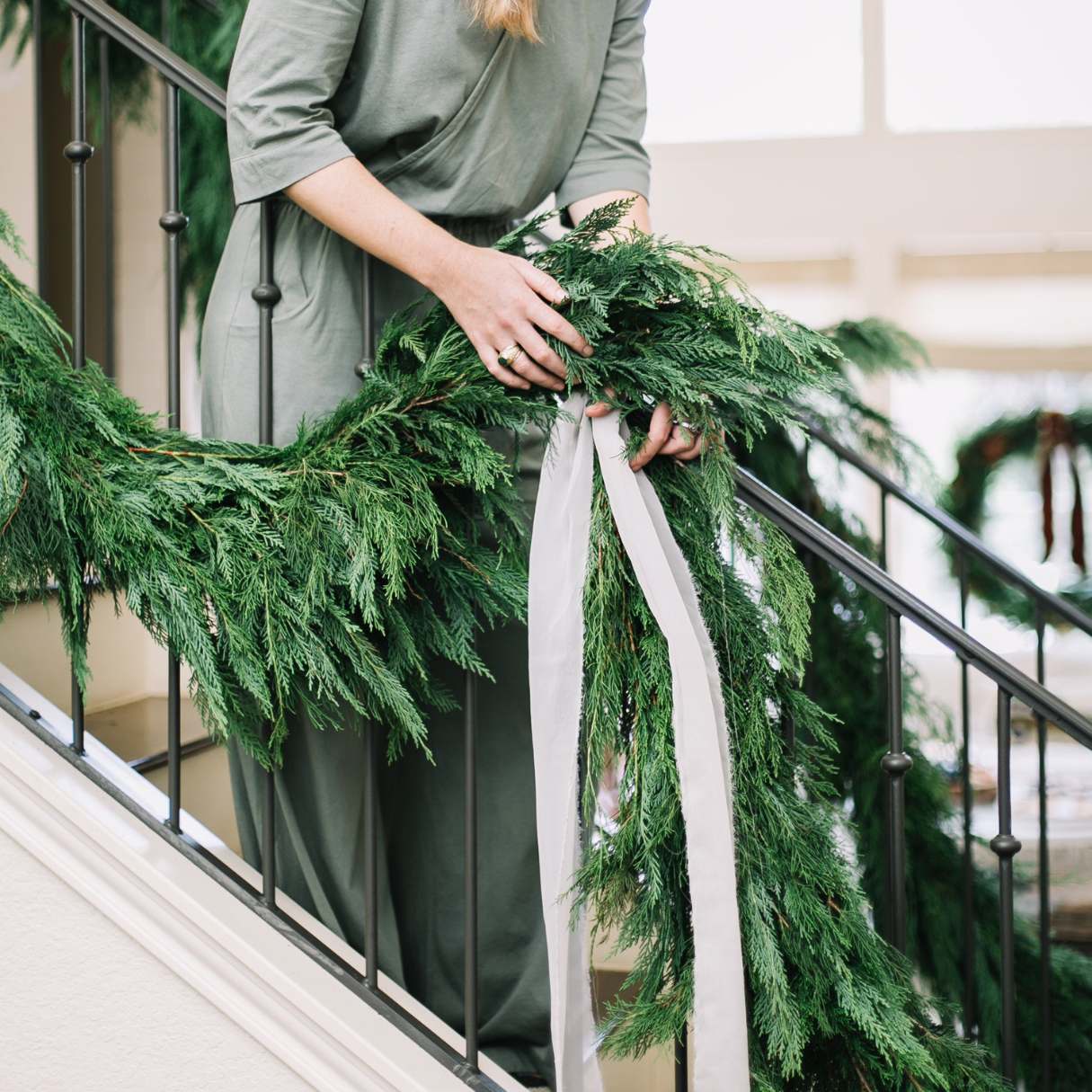
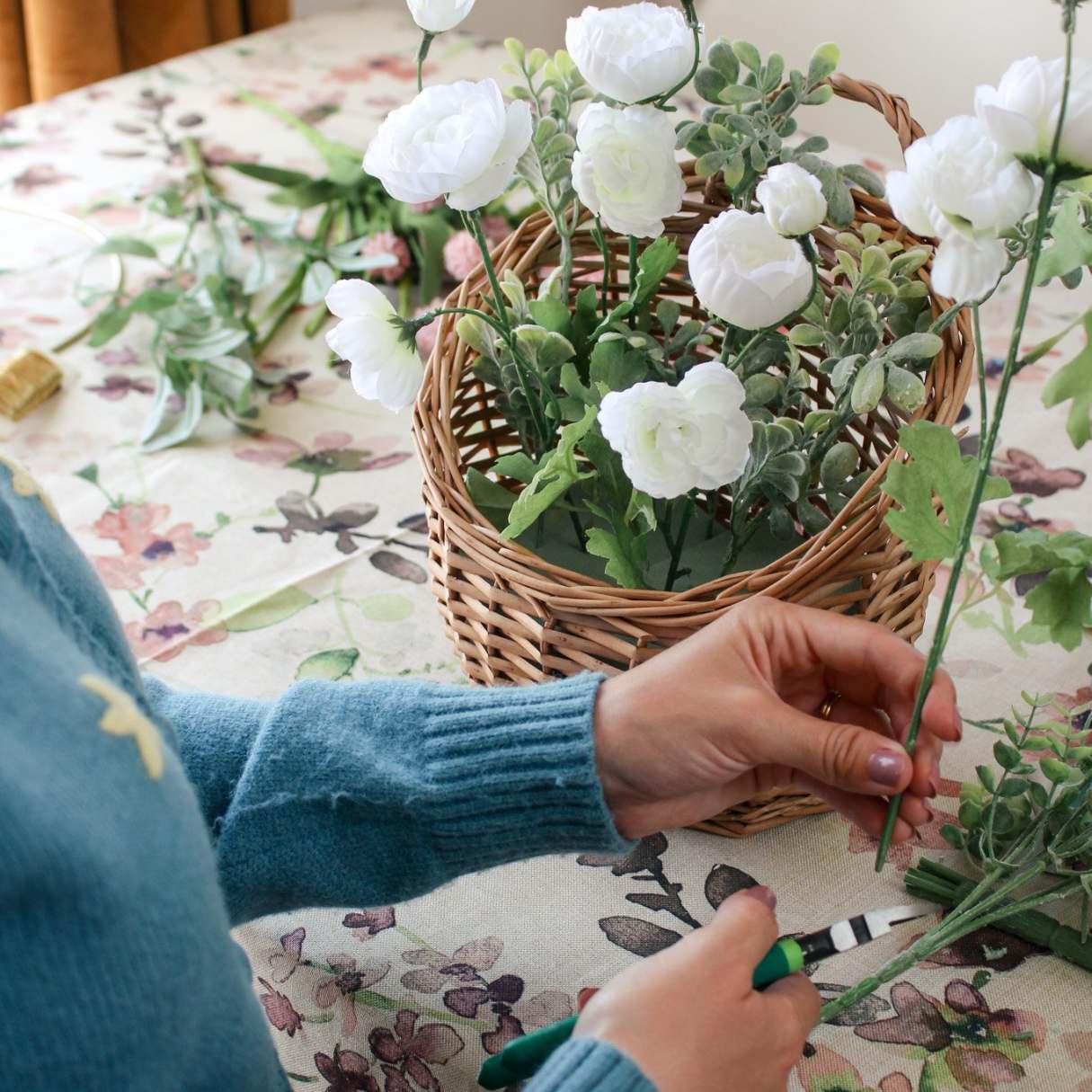
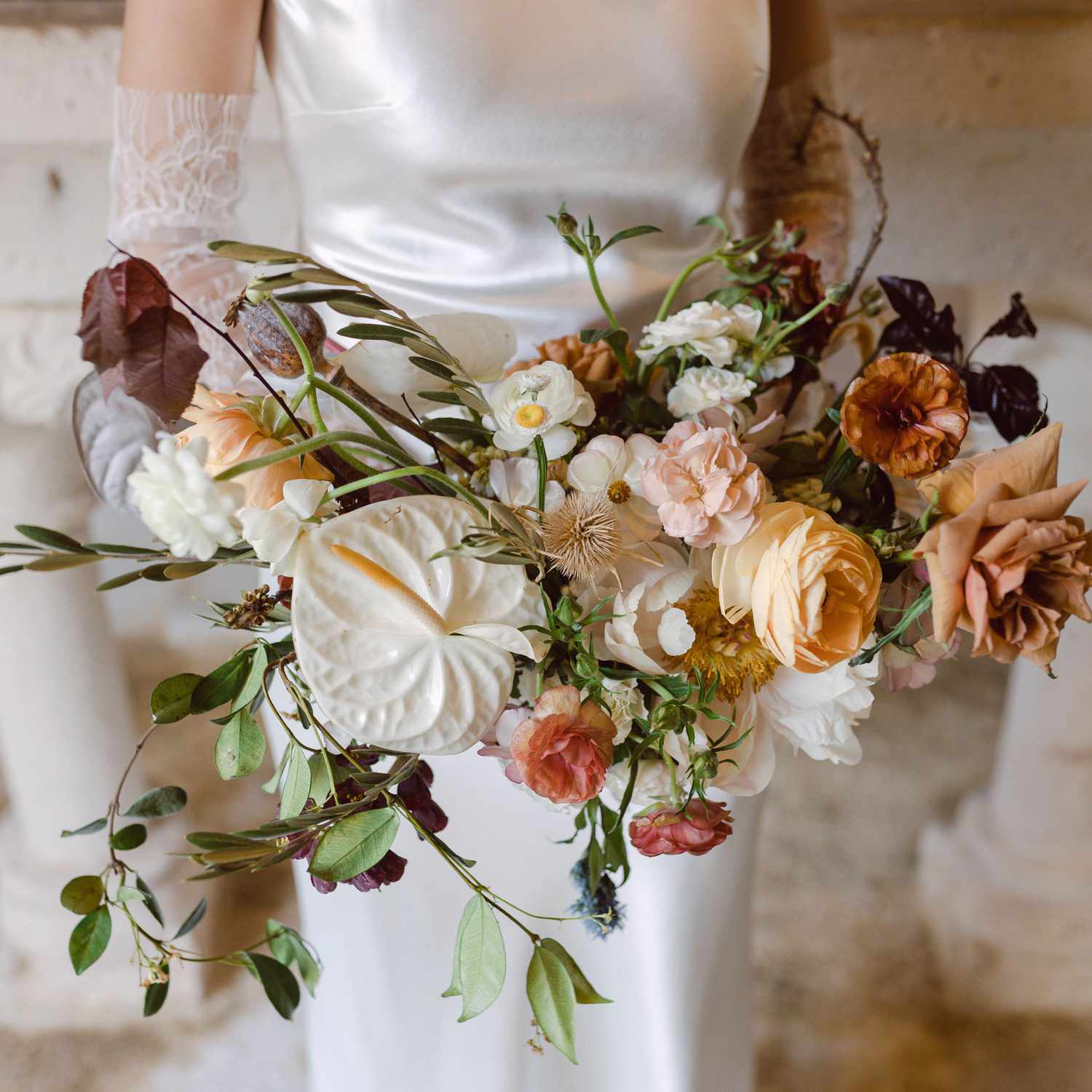
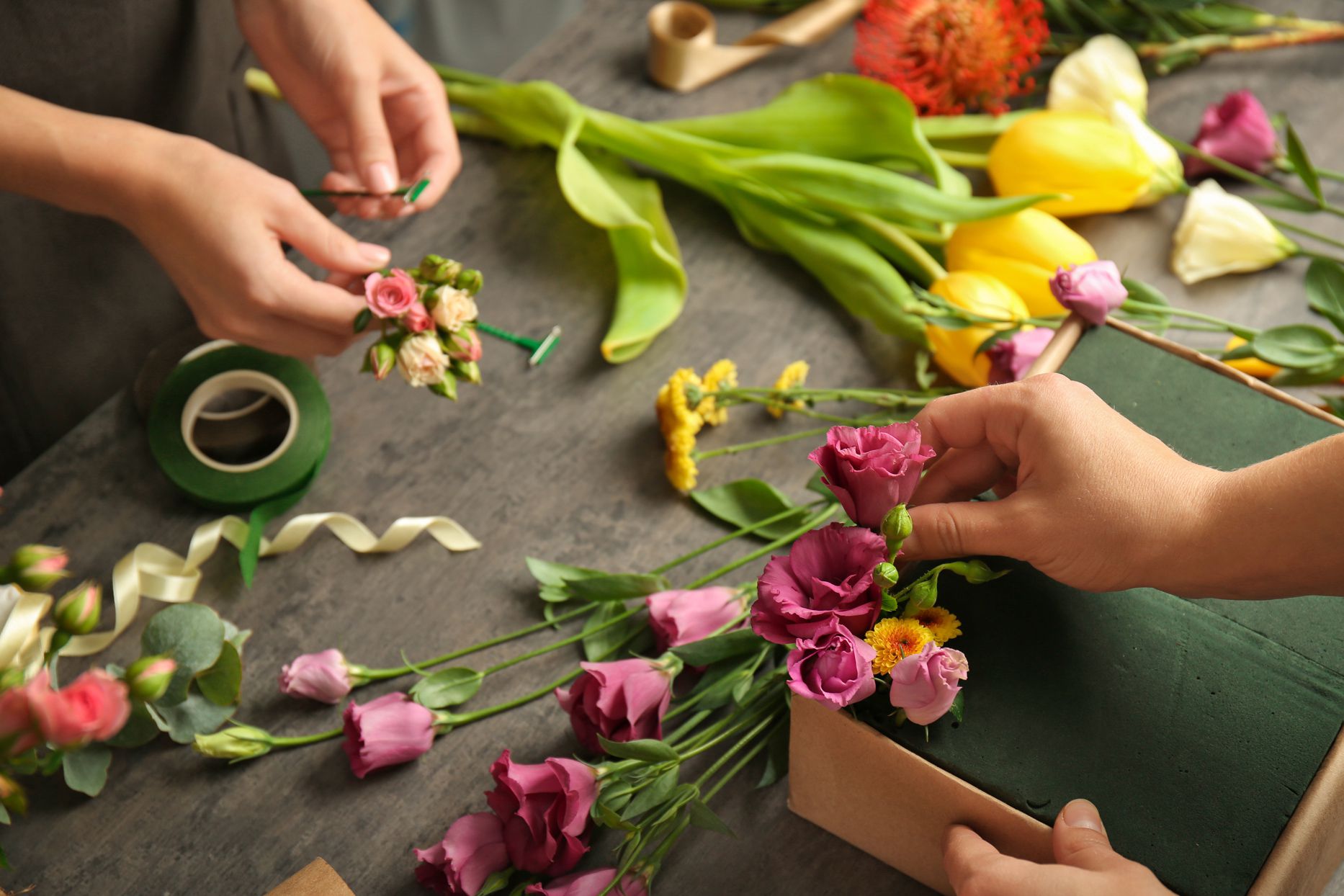
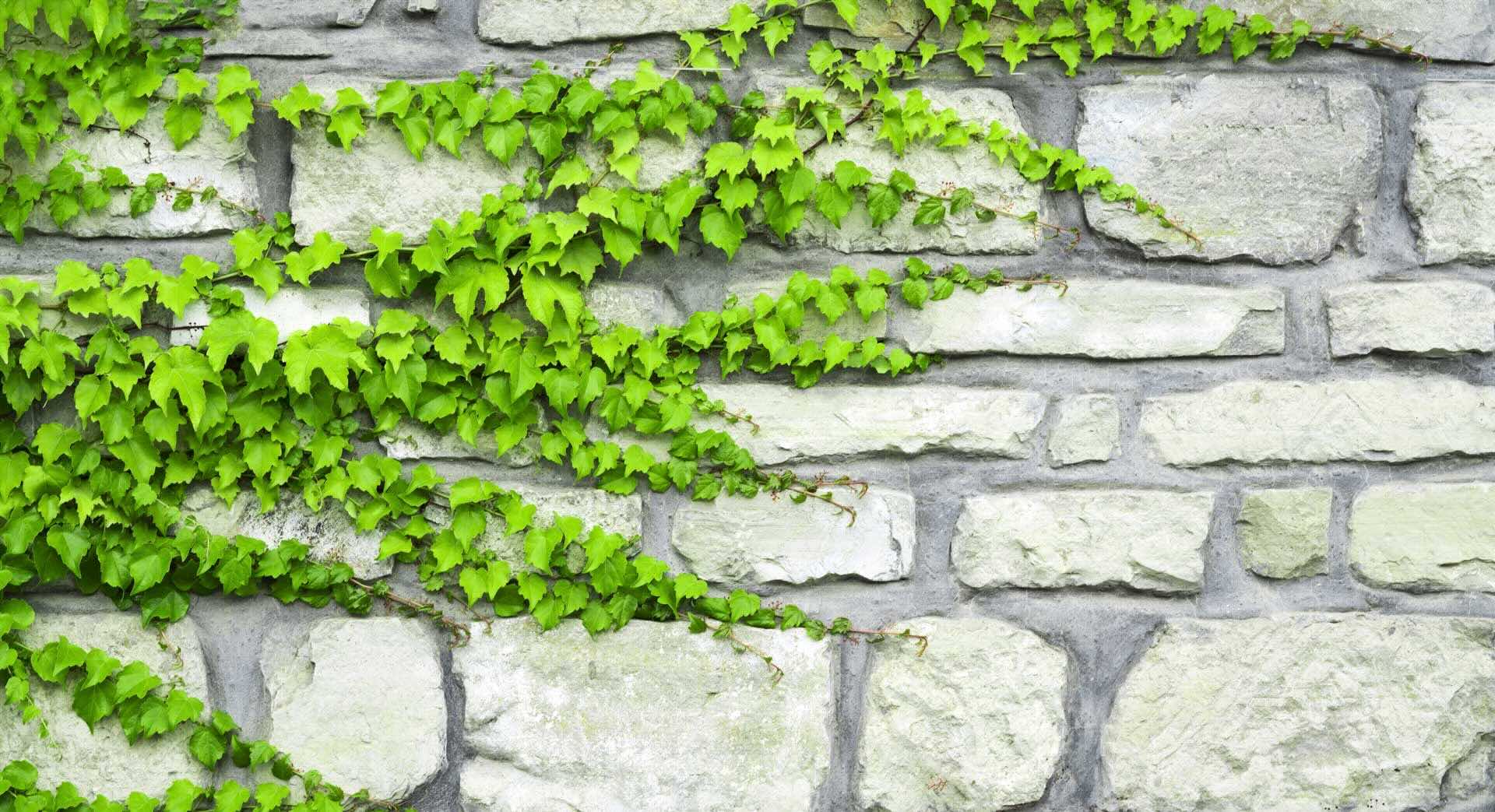
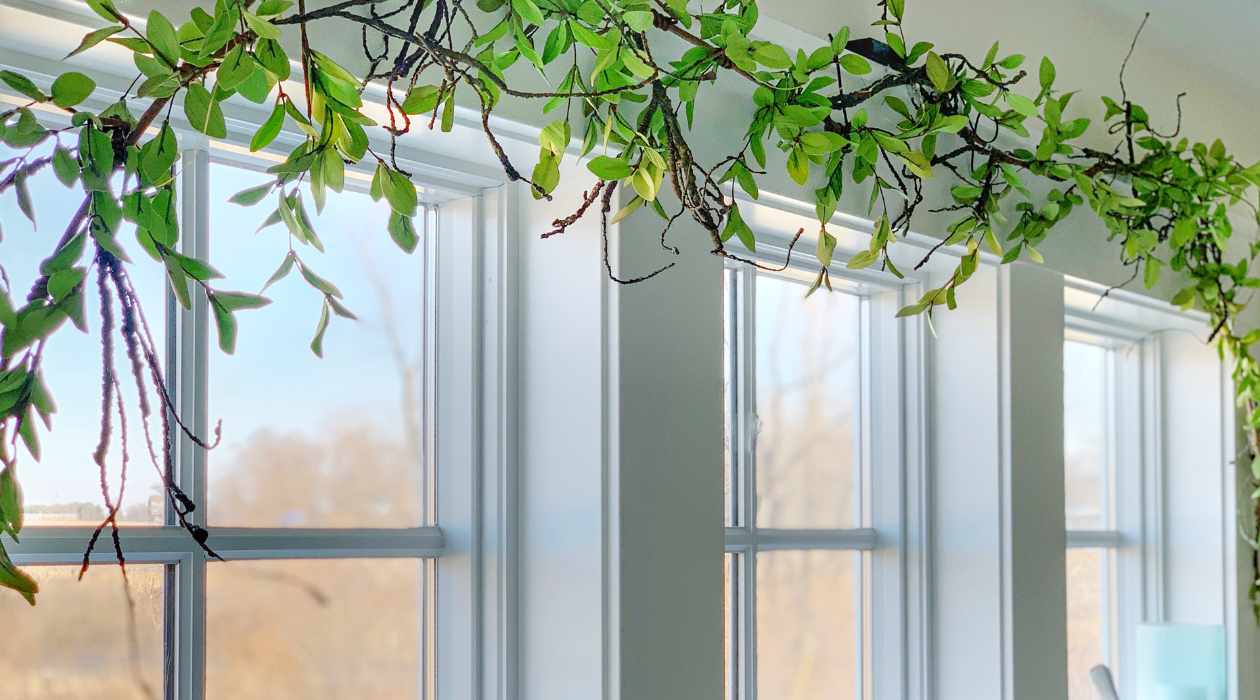
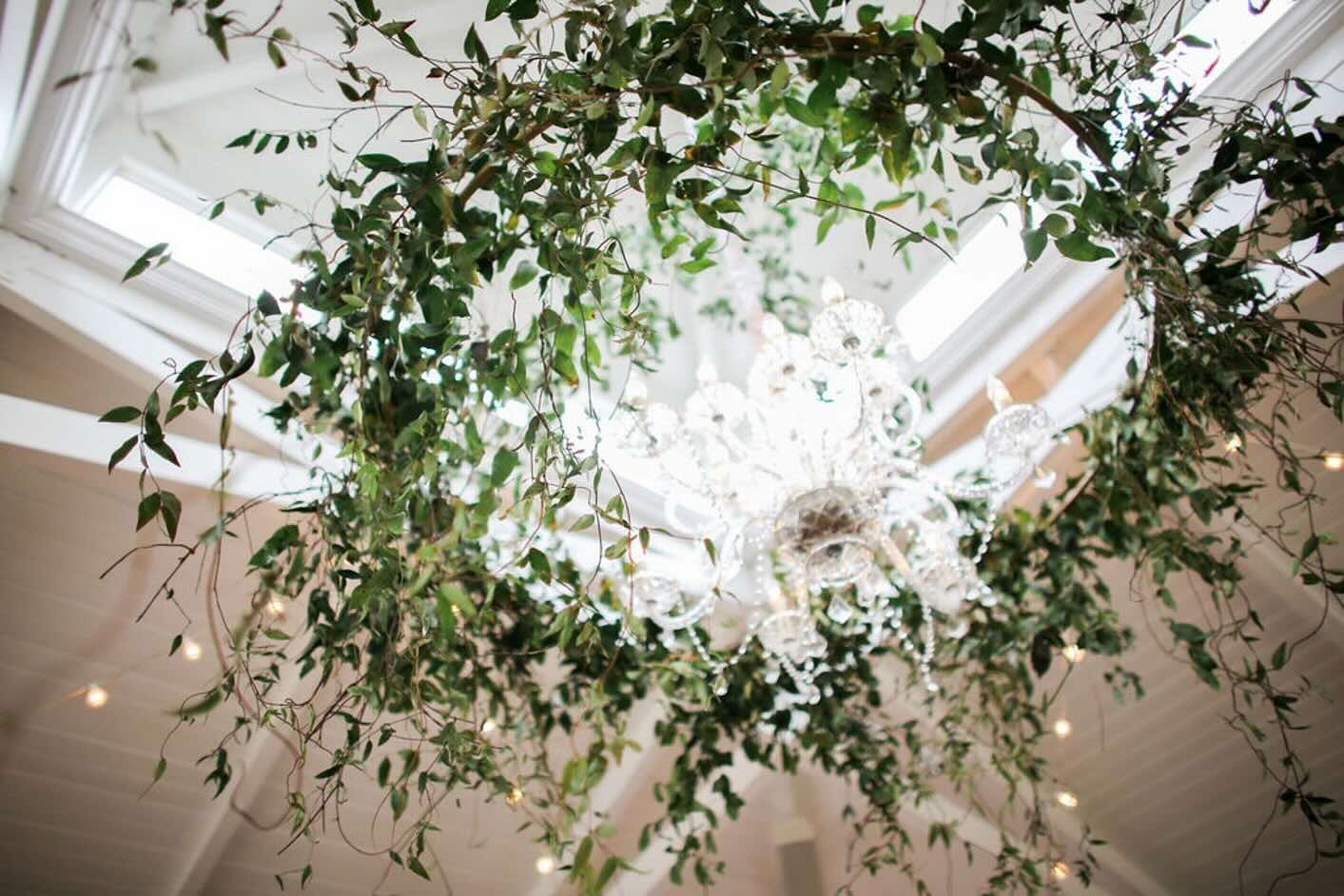



0 thoughts on “How Do I Arrange Greenery On A Shelf”